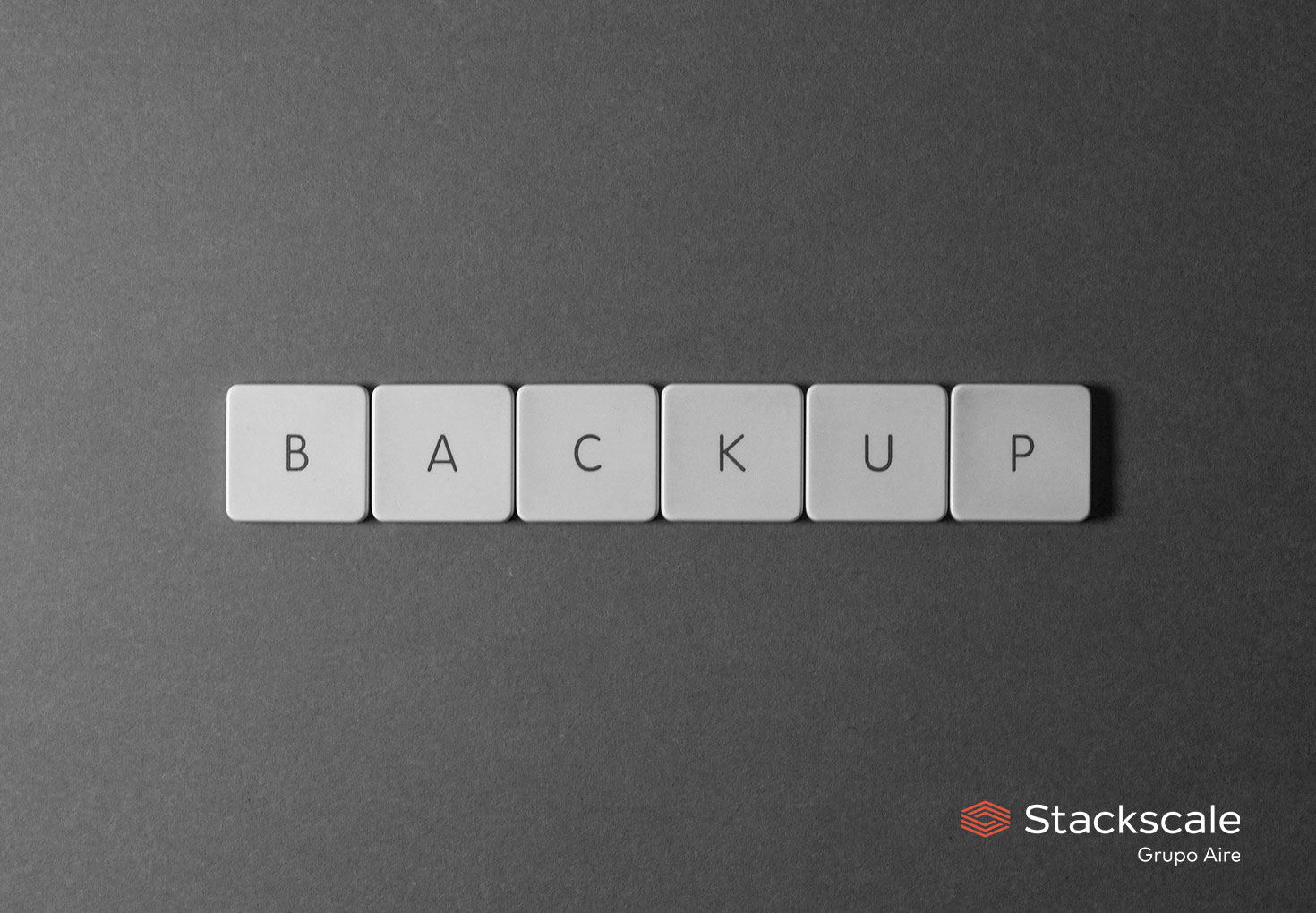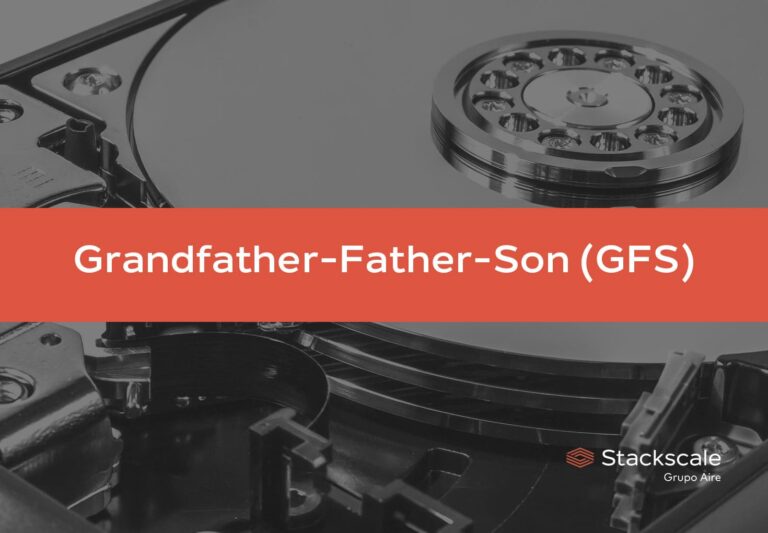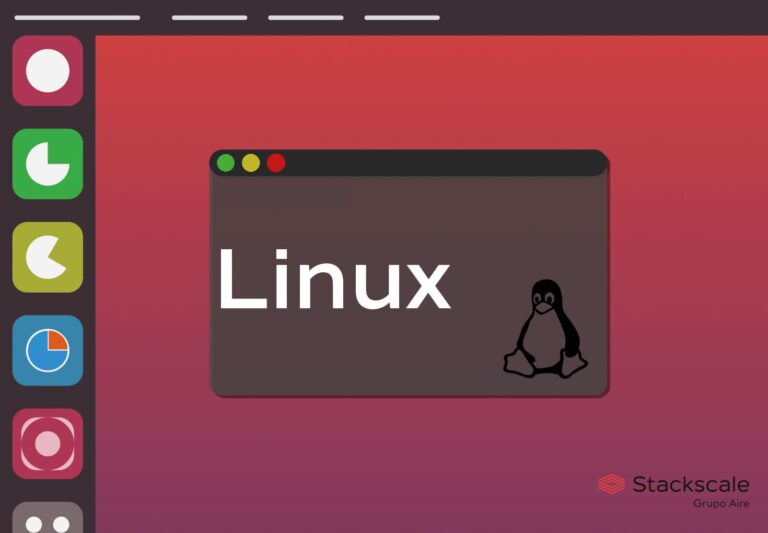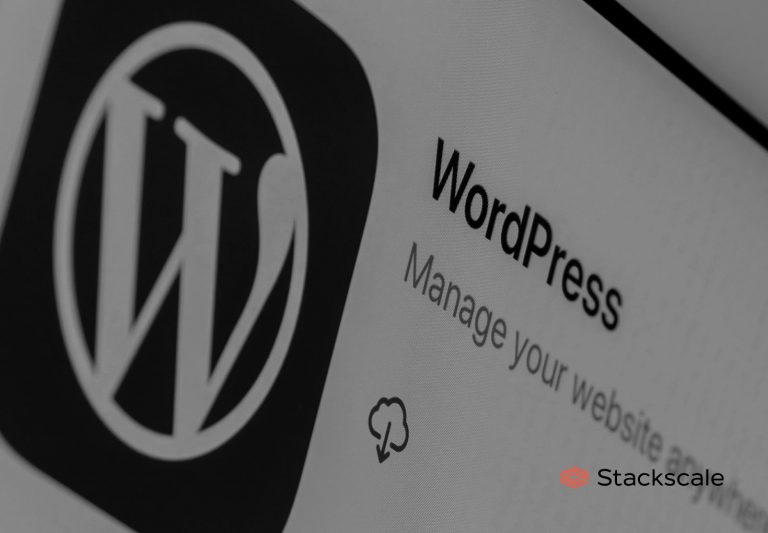In today’s increasingly digital business landscape, data protection goes far beyond having internal documents written down or performing routine backups. To comply with European Union cybersecurity regulations and safeguard corporate information, more advanced and proactive measures are essential.
Implementing tools like SIEM (Security Information and Event Management), XDR (Extended Detection and Response), email filtering gateways, or even immutable backups is not enough to ensure comprehensive protection against data loss or leaks.
Organizations must adopt more robust solutions such as DLP (Data Loss Prevention), which allows for monitoring and blocking key aspects of digital communication. These include email exchanges, cloud data sharing (e.g., OneDrive), USB device storage, internet postings, SharePoint Online usage, instant messaging, and more.
Why is a DLP Solution Essential?
A data leak can have severe consequences, whether it involves business information or personal data. Implementing a Data Loss Prevention (DLP) solution not only safeguards sensitive information but also enables internal monitoring and reduces the risk of accidental or intentional breaches.
Data security is a direct responsibility of the executive team, which must take proactive steps to protect information from external and internal threats.
Common Examples of Data Leaks
- Replying to All
One of the most frequent errors occurs when someone inadvertently sends confidential documents to unintended recipients using the “Reply to All” function, whether via email or digital platforms. - Accidental Data Exposure
Human error or misconfigured applications can leave sensitive data publicly accessible, without the need for a cyberattack. - Physical Loss
Misplacing documents, USB drives, or devices containing sensitive information is another common cause of data leaks. - Exposed Information in Images or Videos
Confidential information may unintentionally appear in photos or videos that are later shared publicly.
The Difference Between a Data Leak and a Data Breach
- Data Leak: Refers to the unintentional exposure of information due to human error or deliberate actions by employees, such as sharing data without proper safeguards.
- Data Breach: Involves data being compromised through cyberattacks, such as ransomware, phishing, or exploiting vulnerabilities in devices.
While data leaks are often accidental, they can cause significant financial and reputational damage. A data breach, on the other hand, is a targeted attack using specific methods to infiltrate systems and steal information.
Key Examples of Data Breaches
- Ransomware Attacks
Cybercriminals encrypt data and block access until a ransom is paid. - Social Engineering Attacks
Attackers manipulate employees into revealing sensitive information, such as login credentials. - Endpoint Vulnerabilities
Devices like computers and mobile phones can be exploited to gain access to the corporate network.
The Importance of Investing in Advanced Security
Protecting corporate data requires a comprehensive approach that includes:
- Advanced DLP solutions to prevent data leaks.
- Continuous monitoring and control of infrastructure.
- Employee training to minimize human error.
At Stackscale, we offer solutions designed to safeguard corporate information. From deploying advanced technologies like DLP to providing access to specialized security teams, we help organizations meet cybersecurity standards and mitigate risks of data loss or leaks.
How Can We Help You?
If you need advice or tailored solutions to protect your organization’s data, contact us. Our team of cybersecurity experts is ready to assist you in implementing cutting-edge technologies and strengthening your company’s defenses.
Publication based on the publication Ar Telecom, a Grupo Aire company.




